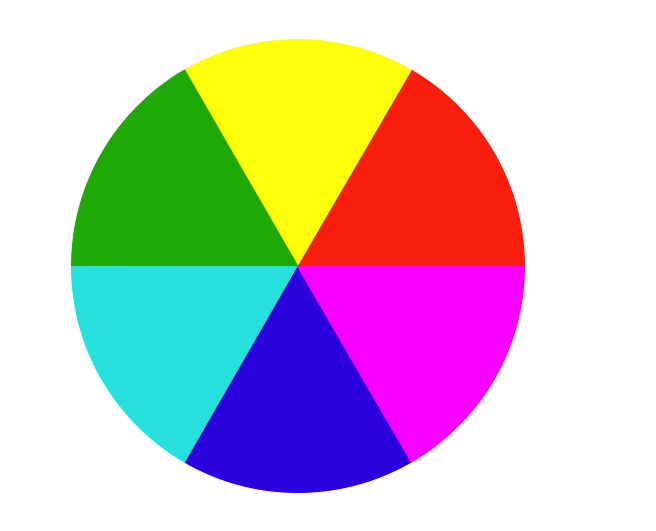"The color hue also plays a role in our perception of brightness.'This topic circles around the differences in brightness between different binoculars and the properties determining it . In "Die Fernrohre und Entfernungsmesser" by Albert König und Horst Köhler, Springer Verlag, 1959, the authors make it perfectly clear that the optical properties in the sense of the amount of light passing an optical system like binoculars and telescopes is determined by two factors only: the size of the exit pupil and the amount of light the optical system transmits.
But now another phenomenon is discussed : brightness. However, brightness is not only determined by the light intensity the eye is exposed to. The color hue also plays a role in our perception of brightness. Our brain judges yellow for example as a bright color, whereas that is not so for violet.
So the answer to the question Denis formulates in post 20 can not be answered straightforward, since the shape of the transmission spectrum does play a role here since it reveals information about the color distribution of the transmitted light and the overall color hue of that light.
Gijs van Ginkel
What colors hues do we perceive as the brightest?






